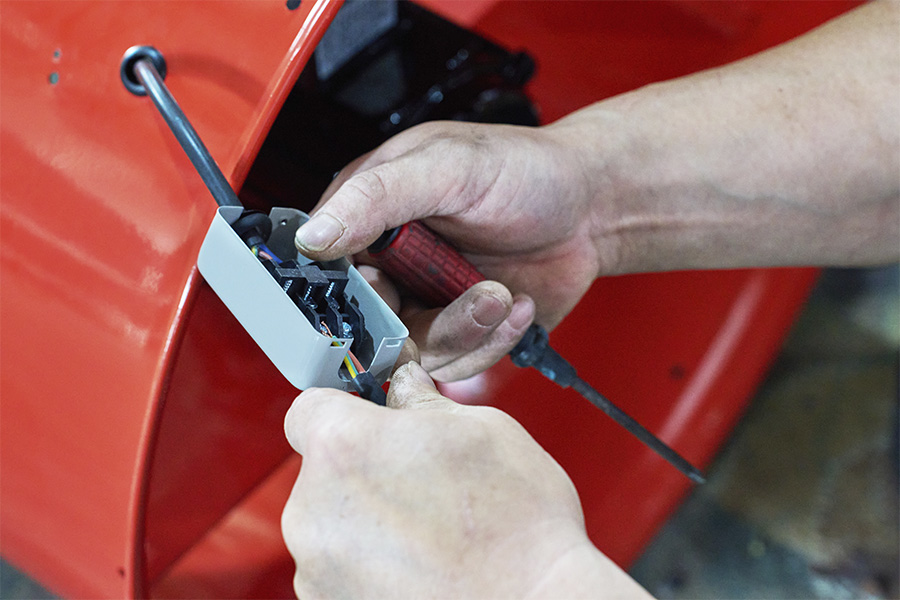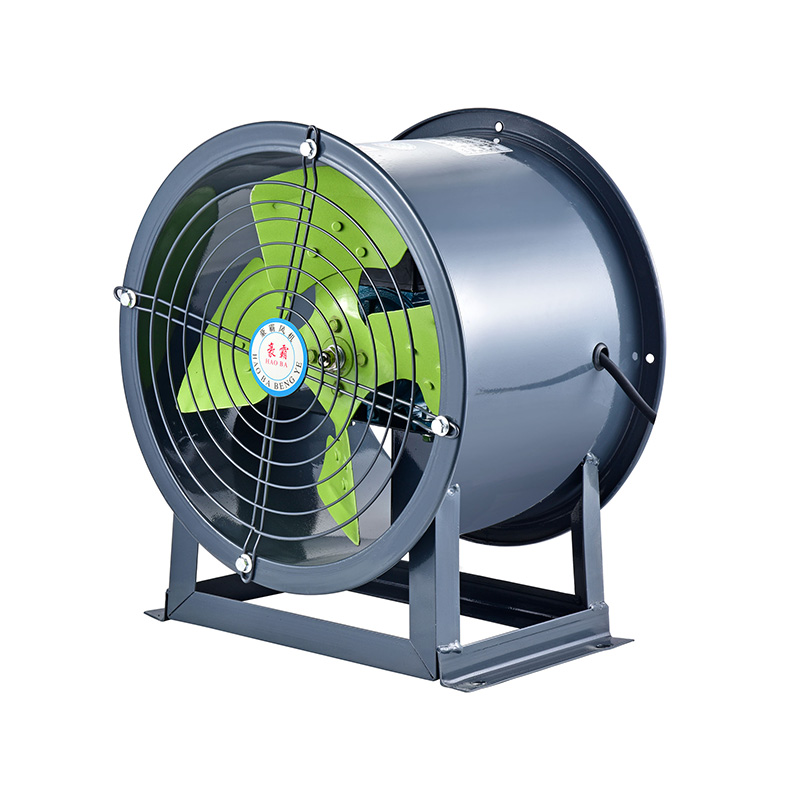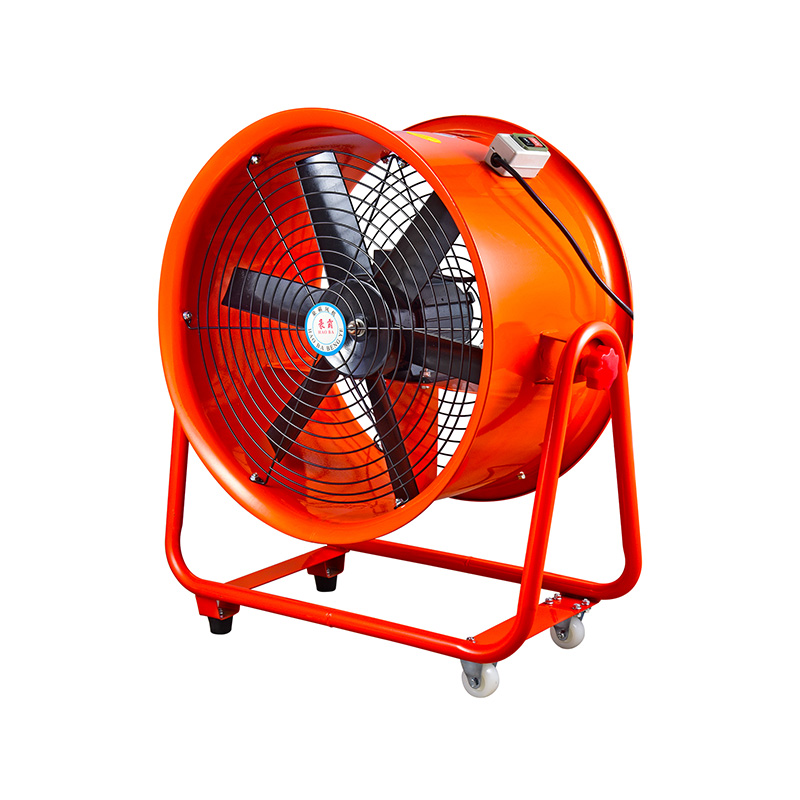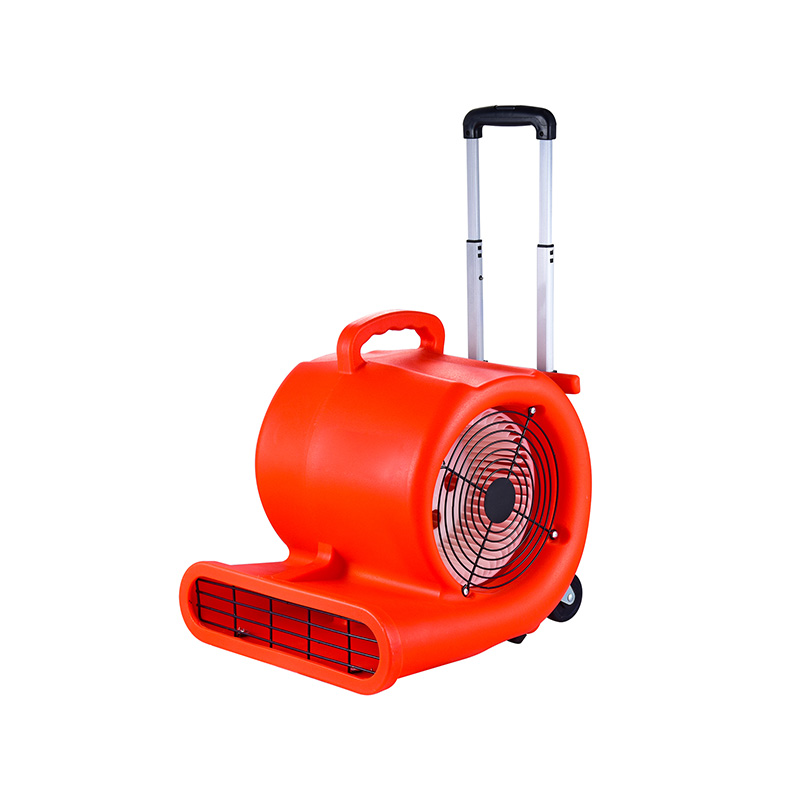How to Choose the Right Centrifugal Fan for Your Application
2025-09-05
Selecting the right centrifugal fan is crucial for ensuring efficient airflow, system performance, and long-term reliability. Whether you are sourcing from a centrifugal fan factory or purchasing in bulk from a wholesale centrifugal fan supplier, understanding the key factors can help you make an informed decision that meets your specific needs.
Understanding Centrifugal Fans
Centrifugal fans, also known as blowers, operate by drawing air into the center of the fan wheel and expelling it at a 90-degree angle through the outlet. This design allows them to generate higher static pressure than axial fans, making them ideal for applications such as dust collection, HVAC systems, industrial ventilation, and exhaust systems.
At Haoba Electromechanical Co., Ltd., our Centrifugal Fan Factory produces a variety of models, from high-pressure centrifugal fans to multi-blade low-noise centrifugal fans.

Key Factors to Consider
1. Airflow Requirements
Airflow is measured in cubic feet per minute (CFM) or cubic meters per hour (m³/h). Before choosing a fan, determine the volume of air your system needs to move. For example, a small ventilation duct may only require 500–1,000 CFM, while a large industrial exhaust system may need 10,000 CFM or more. Selecting a fan that matches your airflow requirements ensures efficiency and prevents energy wastage.
2. Static Pressure
Static pressure is the resistance that the fan must overcome to move air through ducts, filters, or other system components. Systems with long ductwork, filters, or dampers require fans capable of generating higher static pressures. Backward-curved centrifugal fans are often preferred for applications with moderate to high pressure needs.
3. Fan Type and Design
Centrifugal fans come in various designs:
Forward-curved fans: Ideal for low-pressure, high-volume applications.
Backward-curved fans: Offer higher efficiency and are suitable for medium to high-pressure systems.
Radial fans: good for handling air with particulates, dust, or other contaminants.
Your choice should align with both the application and the environmental conditions.
4. Material and Build Quality
The fan material should match the application environment. For example, stainless steel is suitable for corrosive environments, while galvanized steel is often adequate for general industrial use. At Haoba, our Centrifugal Fan Factory uses high-quality materials to ensure durability, corrosion resistance, and long operational life.
5. Noise Considerations
For applications in commercial or residential settings, noise levels are an important factor. Multi-blade low-noise centrifugal fans can significantly reduce sound levels without affecting airflow performance.
Additional Tips for Sourcing
From a Centrifugal Fan Factory: Directly sourcing from a manufacturer ensures access to customization options, quality assurance, and expert advice.
From a Wholesale Centrifugal Fan Supplier: Buying in bulk can reduce per-unit costs and ensure consistent supply for large projects. Make sure to clarify specifications, lead times, and warranty coverage.
Why Choose Haoba Electromechanical
Haoba Electromechanical Co., Ltd. is committed to producing high-quality centrifugal fans suitable for a wide range of industrial and commercial applications. Our engineers utilize CAD-aided design systems, modern production equipment, and strict quality control procedures to deliver fans that meet your precise requirements. Whether you are ordering a single unit or bulk quantities, our Centrifugal Fan Factory and Wholesale Centrifugal Fan services provide reliable solutions tailored to your needs.
Choosing the right centrifugal fan involves a careful assessment of airflow, static pressure, fan type, materials, and environmental conditions. By understanding these factors and working with a trusted supplier like Haoba Electromechanical, you can ensure efficient, durable, and cost-effective ventilation solutions.

 English
English русский
русский عربى
عربى









